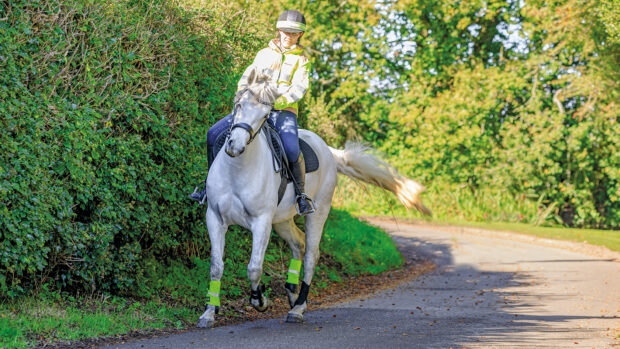The good feeding of a competition horse is one factor that contributes to a successful partnership. Good feeding augments a sound training plan, natural talent and your ambitions; bad feeding can undo them quickly.
IF you turn your horse out during the day in the autumn, remember that grass growth slows and will stop once temperatures fall below 6§C.
Grass’s nutritional value declines from August onwards. Also, calcium is taken up actively from the soil while the grass grows, but this declines as its growth slows, therefore narrowing the calcium:phosphorus ratio in grass.
If you rely on grass to provide most of the dietary fibre at this time of year, supply extra hay when your horse is out, to avoid tying up.
During the summer, grass-kept horses lay down stores of vitamins A and D that can last well into the New Year.
Stabled competition horses do not have the opportunity to lay down such stores, and this, compounded by the fact that neither hay nor haylage contain any appreciable amount of these vitamins (nor huge amounts of trace elements), means supplementation from autumn onwards, either from hard feed or supplements, is essential.



